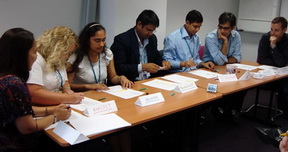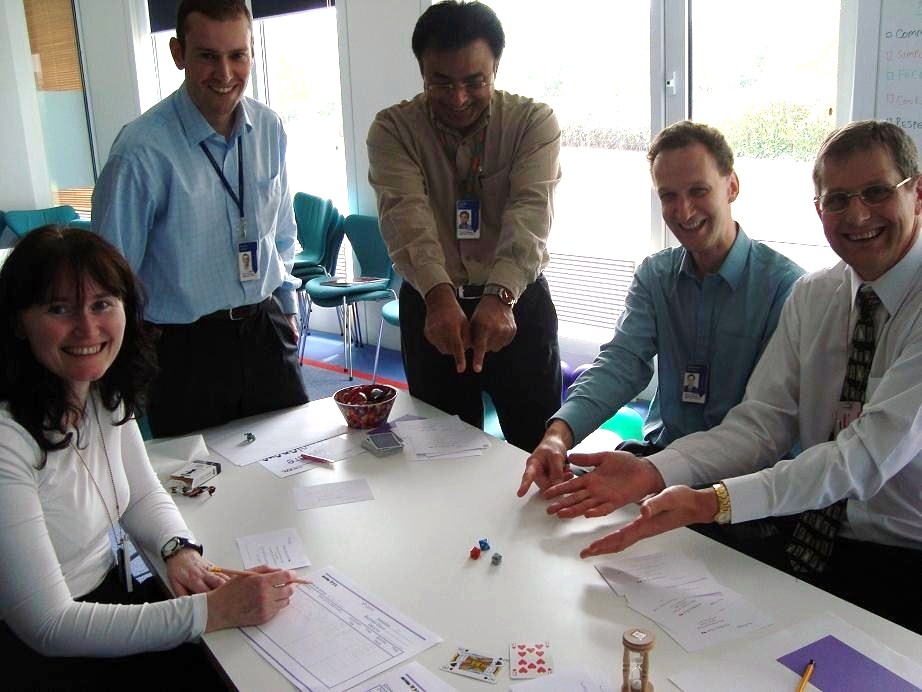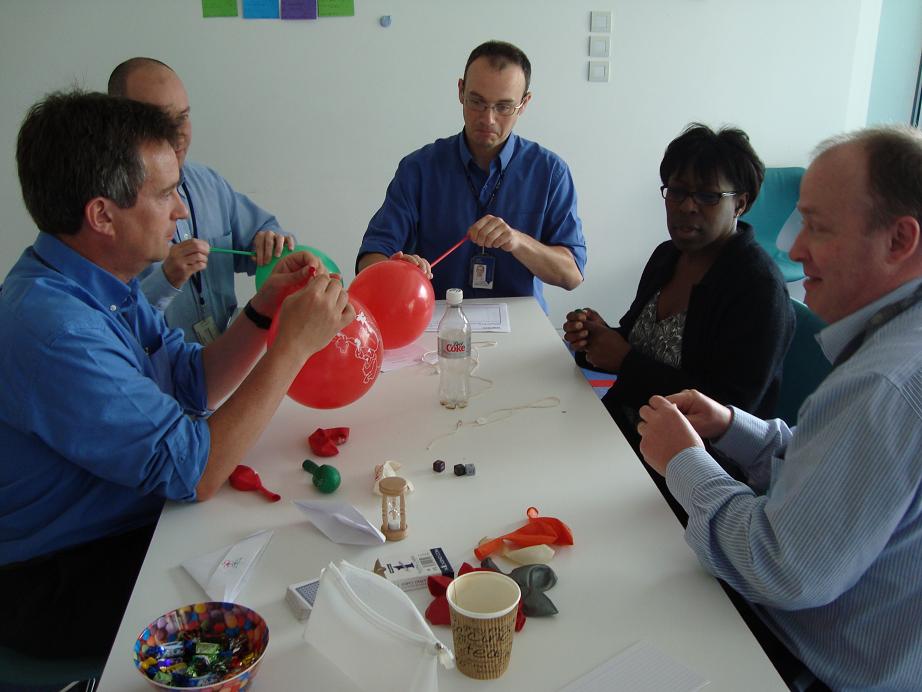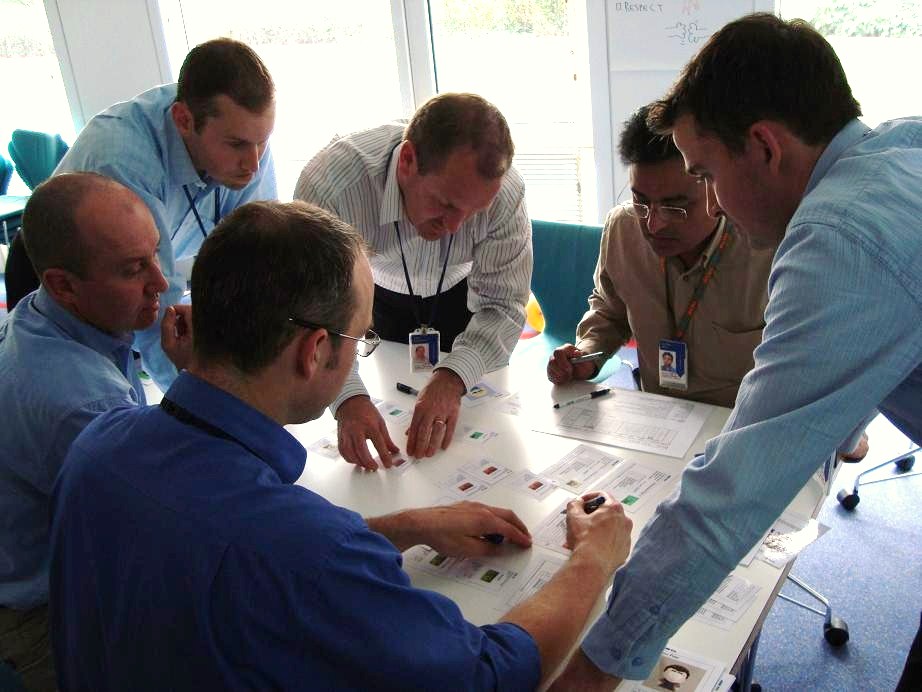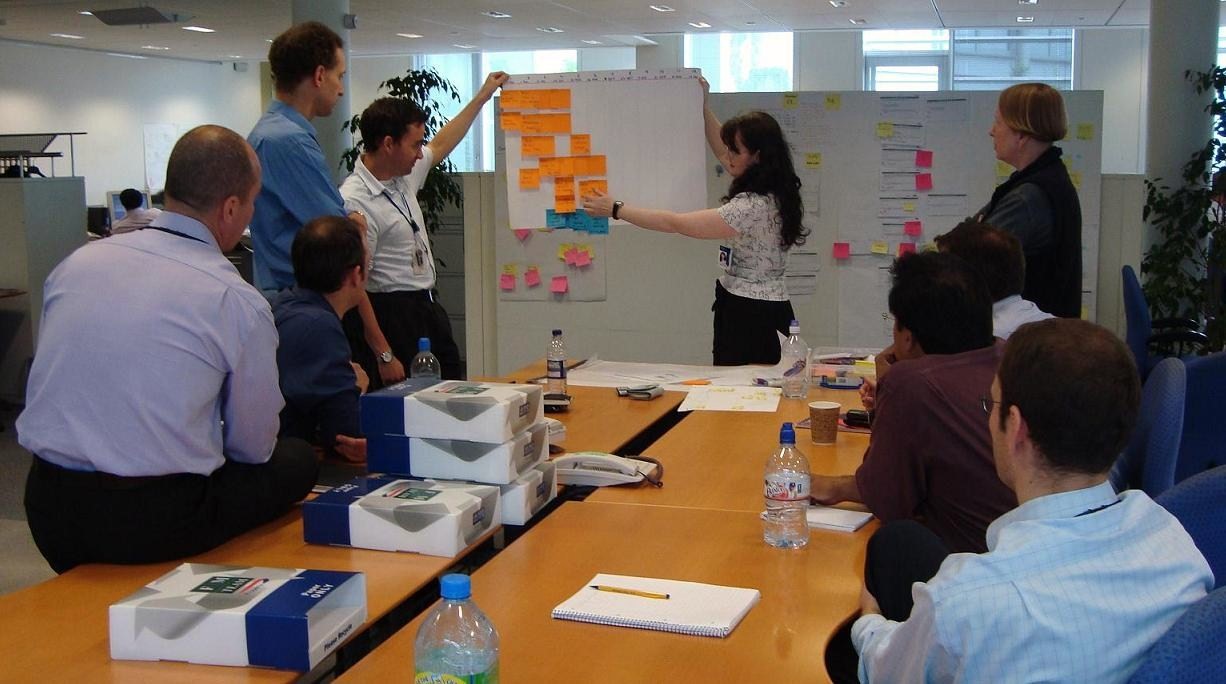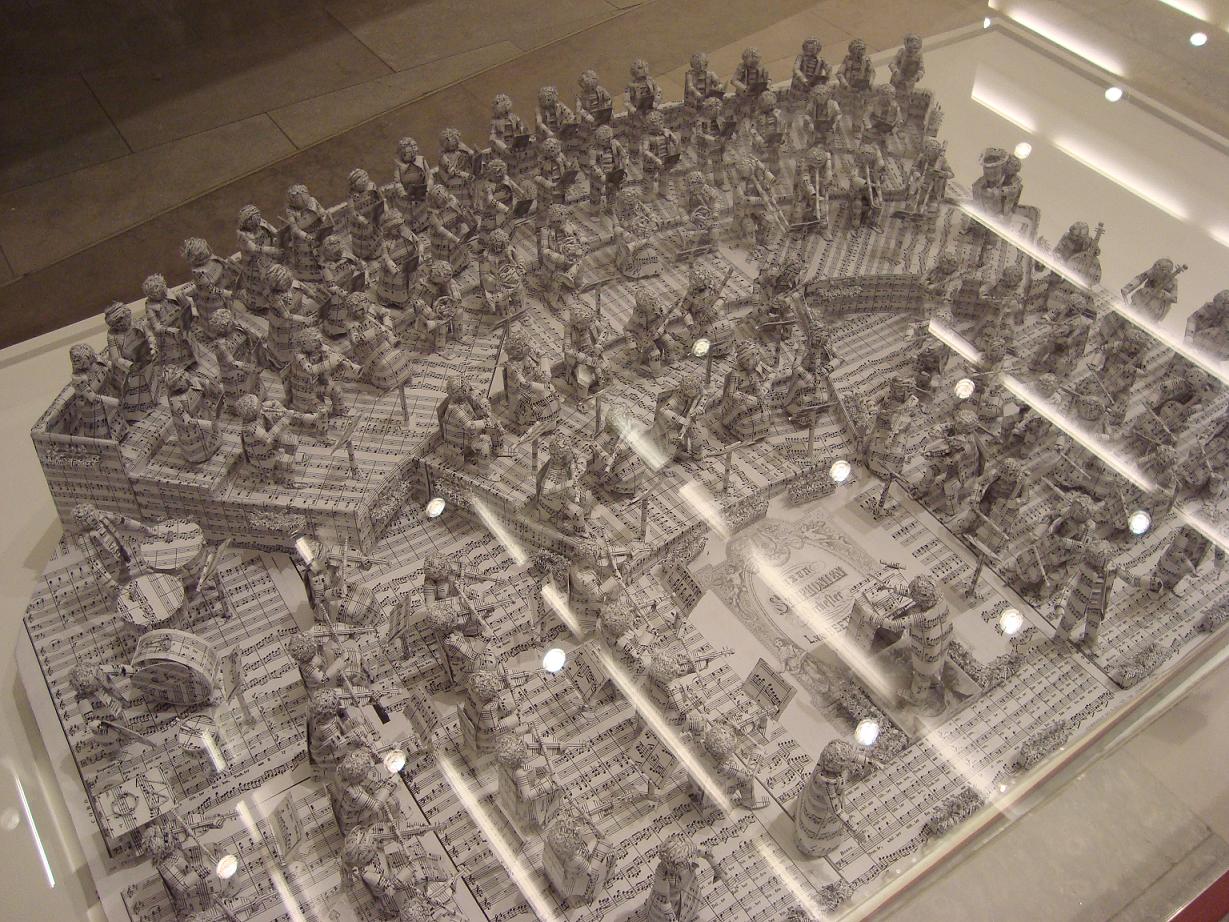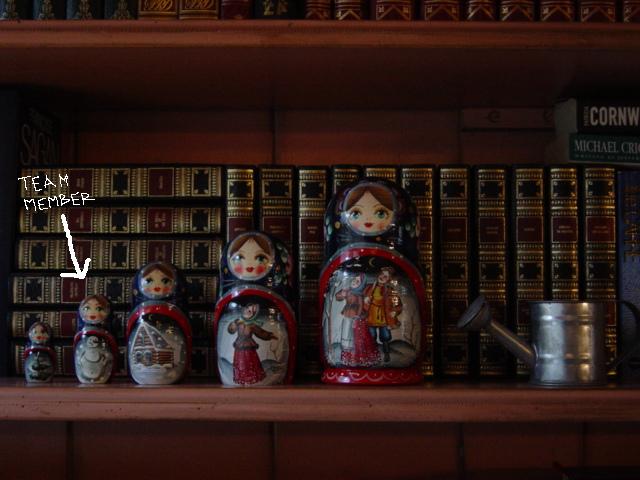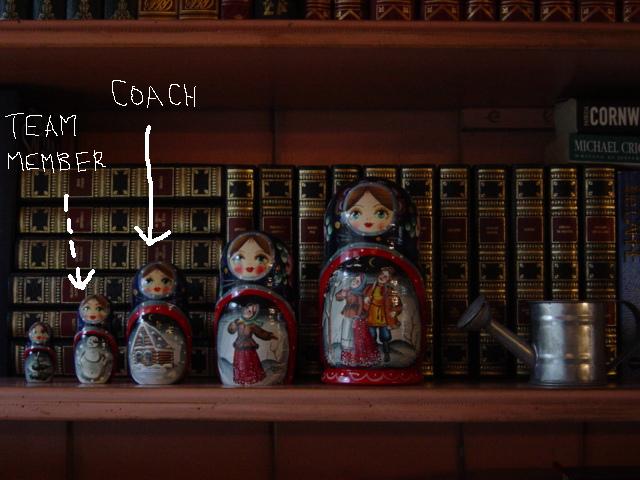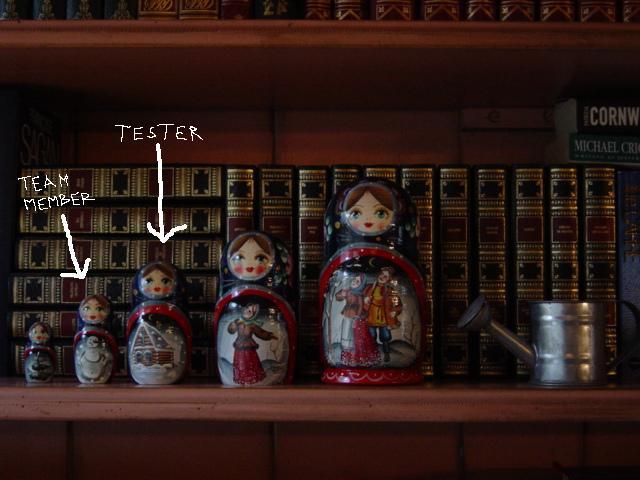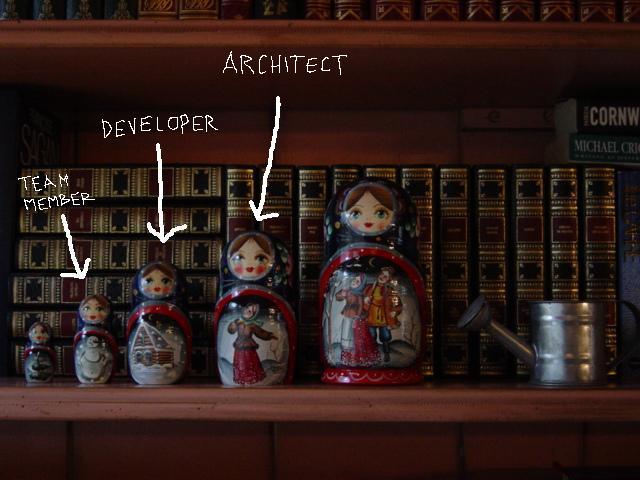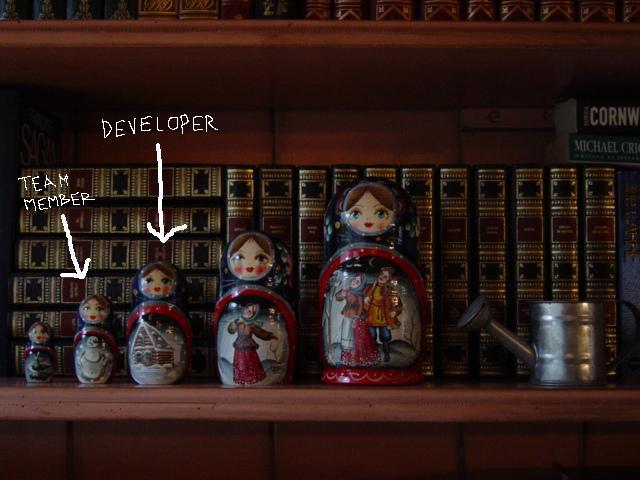London has been one big ice rink since Monday. After lots of rain, a few rays of sunshine and even more rain, the lovely white snow is finally trickling away as muddy slush today. Lucky really, since a white Christmas would have led to many celebrating Christmas alone. Imagine the numerous Christmas presents that would have been left unopened! Think of the mounds of brussel sprouts left to go cold!
The Gift of the Present
Thanks to the adverse weather (snow in winter, who would have thought?), the usual sprawl of seasoned shoppers has been tranformed into units of special forces of gift givers. These gift givers are prepared to travel near and far to obtain gifts of value, ranging from socks and gadgets to timeless kitsch.
As I trundle through the snow and slush, I notice how everything moves in slow motion. The slowness gives me time to live in the moment, to take in the white landscape in spite of the damp and cold. Instead of hurrying and scurrying, I am Here. Instead of being dragged down by the Past or distracted by the Future, I am in the Present. Things are somehow easier and within moments I have accomplished what had seemed like Mission Impossible even in the best of weather: I have a sackful of valuable gifts for the ones I love.
This is the same experience my teams and I go through when we apply the principle of ‘If you’re rushing, slow down’. With baby steps, we move forward, placing one foot in front of the other. We deal with impediments as they come up, prioritising them and removing them one a time. Before you know it, we’re making good progress, better than we’ve ever done before. And that’s how we turn each Mission Impossible into Mission Most Possible.
Make the Most of Now
Be in the Present. Learn from the Past. Create the Future. That’s the advice from Spencer Johnson, author of ‘The Present‘. According to Spencer, by focusing on the task at hand, you become fully engaged in the present which leads to higher quality work which, in turn, leads to greater personal satisfaction and success. And there’s your virtuous cycle in motion.
So as the holiday season begins, slow down. Give the Gift of the Present. To you and your loved ones.
